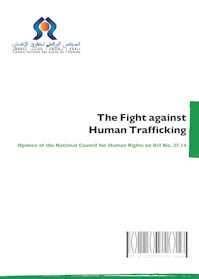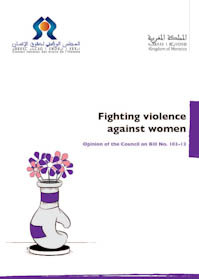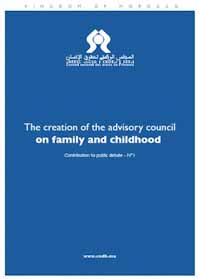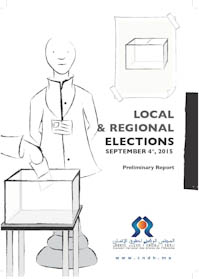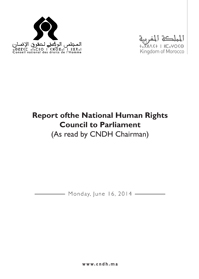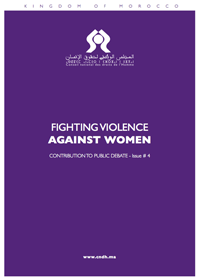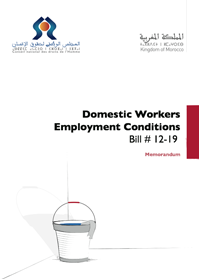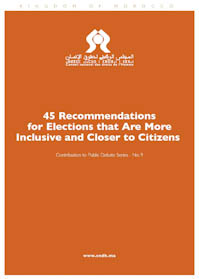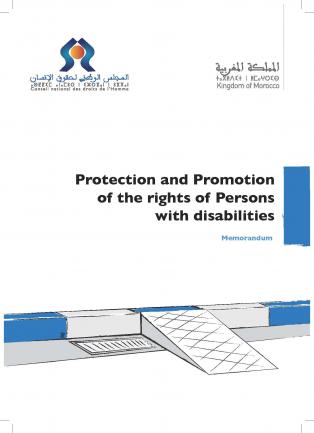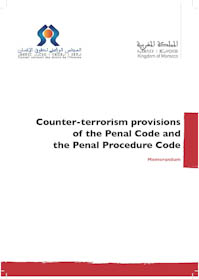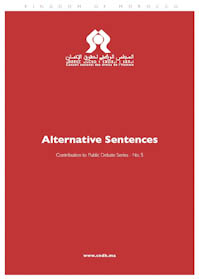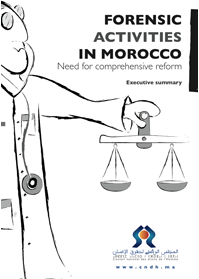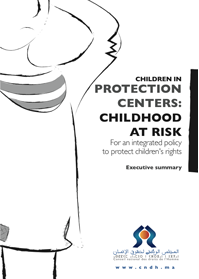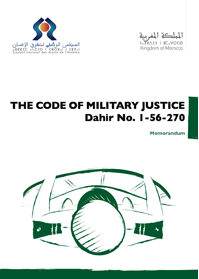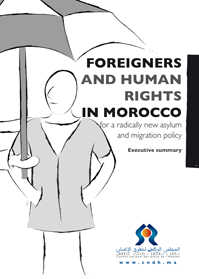IER Archives, a Responsibility for Tomorrow
The question of the archive “is not a question of the past… It is a question of the future, the question of the future itself, the question of a response, of a promise and of a responsibility for tomorrow” "Jacques Derrida, Mal d’Archive, Galilee, 1995.The Equity and Reconciliation Commission (IER) released and received, during its mission, a large number of documents on the exercise of its activities. Although they are created to meet a need for management for the time being, these documents contain a very important historical value because of the context of their creation. The IER archives were created to seek the truth about the grave human rights violations, to locate evidence, to examine a historical period, to give voice to victims of years of repression. In short, this was to lift the veil on the dark years of the past of Morocco.
The issue of preserving the archives of both the IER and other bodies was at the heart of the IER concerns. The first reason is that the IER was, throughout its mission, in pressing need for archives to establish the truth (need to examine and analyze the past to better understand it) and ensure reconciliation, reparation for and reinstatement of victims (need to locate evidence). Reconciliation with the past can not be done without the reconstruction of the facts, appropriation of and identification with this very past, and without the memory experienced painlessly. Secondly, the question of preserving the memory, which is a key issue in all experiences of democratic transition, goes necessarily through the archives, given that they help reconstruct and document this memory. When available, archives document the history, existence and development of societies. In addition, they locate evidence and ensure the rights of citizens.
This concern was reflected in the IER recommendations which laid stress on the need to preserve the archives which it held. The essence of these recommendations reflects a concern about the principle of preserving the memory. It is incumbent upon the State to keep the archives and other elements of evidence relating to human rights violations in order to preserve the collective memory.
The preservation of the IER archival materials would help preserve the institutional memory which is necessary to understand the IER mission, values and fundamental principles. Also, it would help interpret its own guidelines and policy, preserve documents likely to support historical research and enable, officially, citizens and various stakeholders in society to have access to a portion of the memory of the country hitherto hidden.
1 - What are the IER archives?
- Importance of archival materials
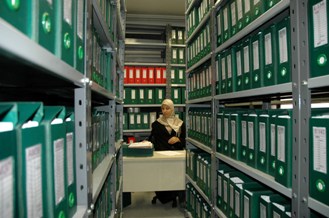
The IER archival materials help to follow up the change in the IER work. They document the IER activities and help know its interaction with its environment. Also, they document a part of the history of Morocco over 1956-1999, thanks to studies, research, testimonials, etc. They include a collection of photographs and audio-visual testimonies of victims, rightful claimants or policymakers. The archival materials cover the IER activities as a truth commission established by His Majesty King Mohamed VI and provide information on its mission, its strategy and action plans.
- Nature and type of archival materials
The archival materials consist of all documents used by the IER during its mandate, namely the documents produced by the IER itself or by NGOs, governments, victims, press, etc. They are in various formats: paper, electronic documents, audio and audio-visual (VHS, DV, DVD, Beta Cam, 6mm), photographs and databases. They are generally divided into subcategories. First, general materials: they include founding documents, periodic reports, thoughts and contributions of members, etc. Second, administrative archival materials: they encompass all documents produced or received by the IER on the administrative and financial management of its programs, reparation programs, investigations, public hearings, etc. Third, audiovisual materials: they include photographs and files of the Independent Commission for Arbitration.
- Access to archival materials
In principle, one might say that to meet the goals mentioned above, the whole IER archival materials should be open to all public without restriction. Indeed, this is the reason to be named archives in general and this is the principle which must govern the IER archival materials. The question therefore is not whether the IER archive will be fully open to the public? Rather when will this happen? It is a question that faces every manager of archives in general: the time required for such or such types of documents to be declassified. It can take from 0 to 100 years.
Furthermore, we should take into account that the IER archives contain documents including personal data on victims and their families, documents submitted by the departments of the State containing confidential information, documents containing information which are prejudicial to third parties... etc. For ethical and legal reasons, thought should focus on possible restrictions of access to this kind of documents.
2 - Towards the expansion of archives
It is time now in Morocco to benefit from the work launched to preserve the IER archives and integrate it in a more comprehensive approach encompassing the aspect of preserving the archives on human rights in general, starting with the reconstruction of the memory of the Advisory Council on Human Rights (CCDH). The archives of this institution document a part of the country’s process of democratization and the process of settling the issue of grave human rights violations, including the step of establishing the truth commission; an approach without which there would be a missing link in the edifice of memory tracing the developments of human rights in Morocco.
In parallel, although the creation of the IER archival materials was a sheer coincidence, the establishment of a historical documentation on a part of the country’s history requires that these materials be reinforced. Thus, we could fill in the gaps, complete, within limits, the archival materials, and expand the scope of documentary research in the future. Indeed, many valuable sources of information directly or indirectly related to this issue remain scattered with NGOs, public institutions or simply individuals. Many archival materials outside the country are also of paramount importance. It is in this sense that preserving the collective memory and archives in particular, can not be achieved without accountability and integration of a large number of stakeholders in society.
It is worth mentioning that the CCDH is now the custodian of the IER archives. Also, it should assume the task of processing and preserving them. The final location of these materials in the future can only be the institution of national archives. It is the only institution that can ensure the protection and preservation of all national archival heritages.
Translated by Khalid Ramli from a French article by Ms Asmaa Falhi, Chargée de mission






